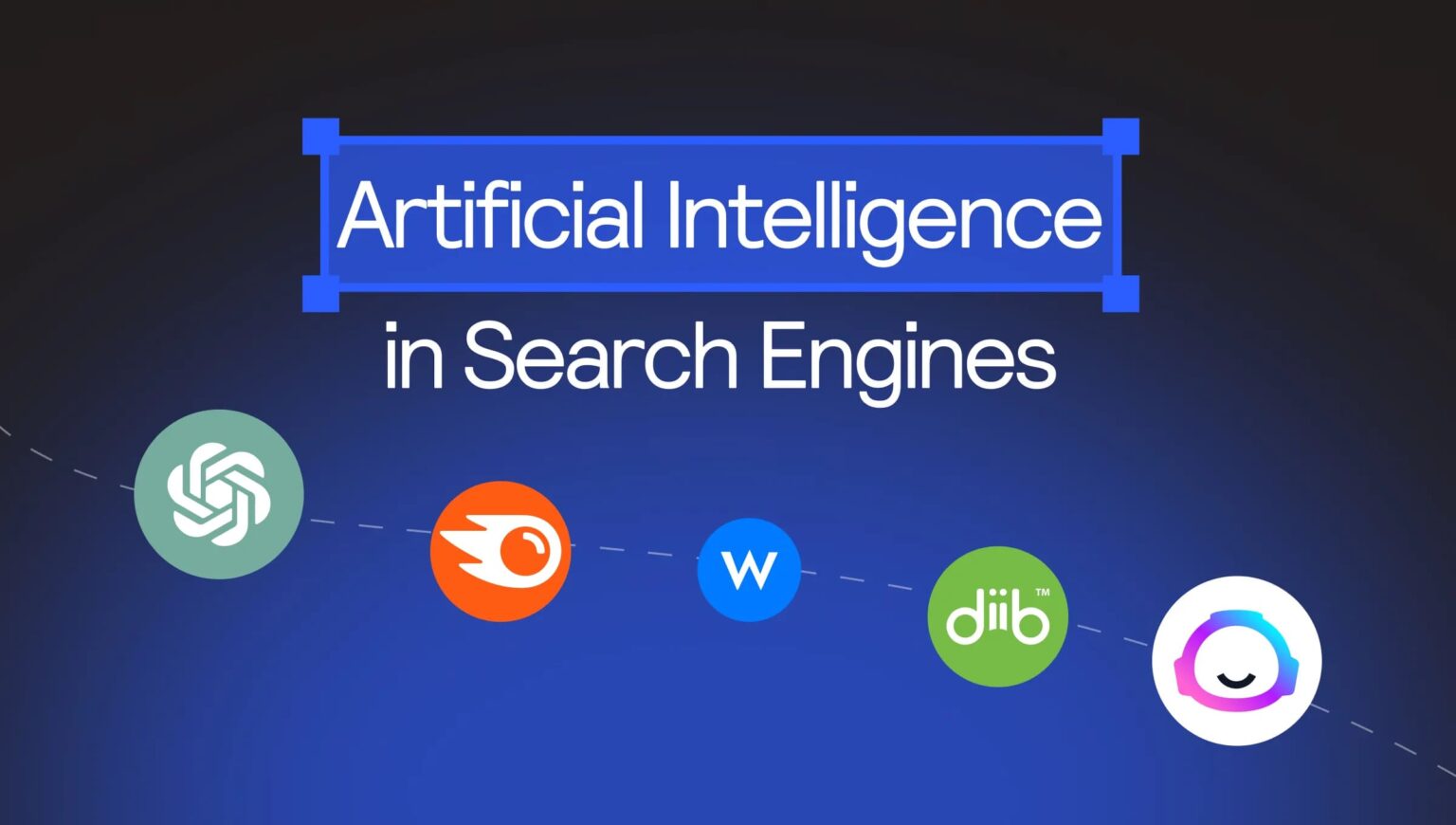How AI Search Engines Like Perplexity, ChatGPT, and Claude Use Your Website Data
- Posted 1 week ago
The world of search engines is rapidly evolving with the rise of Artificial Intelligence (AI), particularly through the development of large language models (LLMs) such as ChatGPT, Claude, and Perplexity. These AI systems are revolutionizing how we interact with web data, how information is accessed, and even how websites are ranked. In this blog post, we will explore how these AI search engines crawl and interpret content, provide examples of how they utilize your website data, and explain the role of LLMs.txt in guiding this process.
The Role of AI Search Engines in Web Data Interpretation

How LLMs Crawl and Interpret Content
AI search engines like ChatGPT, Claude, and Perplexity rely on advanced Large Language Models (LLMs) to process and interpret content from the web. These models are trained on vast datasets and employ algorithms that allow them to “crawl” the internet, gathering and analyzing information from various websites.
Crawling refers to the process in which AI systems navigate the internet, collecting text-based content from web pages. Unlike traditional search engines that rely on keyword matching to index web pages, LLMs dive deeper into the structure of the content. They analyze the nuances, context, and sentiment of the material, understanding meaning, tone, and implications. This ability allows LLMs to interpret the content in a way that mirrors human understanding.
When AI models like ChatGPT are tasked with answering a question, they don’t simply return links from indexed websites. Instead, they synthesize the data they have been trained on, which includes web content, and create answers based on their deeper understanding of the information. This method allows AI to provide more personalized, contextually relevant responses that go beyond the surface level of the content.
How AI Search Engines Use Web Content
Once an AI system crawls and collects data from your website, it uses natural language processing (NLP) techniques to interpret and analyze that data. NLP allows LLMs to break down the content into essential components, such as entities, relationships, and actions, and understand how they relate to one another within the broader context of the subject.
When users input a question or query, the AI doesn’t just look for specific keywords. Instead, it processes the entire content it has indexed, identifying the most relevant and accurate information. Based on its understanding of the context, the AI generates responses that are both informative and tailored to the user’s needs.
For example, if a user asks a question about a particular topic, the AI will use its understanding of various sources, including your website’s articles or blog posts, to generate a well-rounded answer. This process ensures that the response is comprehensive and relevant, synthesizing the key points from multiple sources to provide a thorough answer.
How LLMs.txt Helps Guide This Process
One key component that helps AI systems crawl and interpret your website’s data is the LLMs.txt file. Similar to the robots.txt file used by traditional search engines, the LLMs.txt file is designed to manage how AI models access and use the data on your website.
While the robots.txt file instructs search engines on which pages to crawl or avoid, the LLMs.txt file offers website owners a way to give specific instructions to AI models on how to handle their website’s data. It can specify which content should be used for training, whether certain sections of a site should be off-limits, and whether content should be synthesized for responses.
Key Features of LLMs.txt:
- Control Over Data Use: The LLMs.txt file allows website owners to control how their data is used by AI models. By specifying which content can be included or excluded, website owners can ensure that only the information they wish to share is utilized by AI crawlers.
- Guiding AI Crawlers: LLMs.txt provides AI systems with guidance on how to index and use a website’s data. This helps ensure that the information used to generate responses is accurate and relevant, leading to better results for users.
- Data Privacy: LLMs.txt can also help protect sensitive or proprietary information by ensuring that it is not used inappropriately by AI models. If there is content that should not be included in AI-generated responses, the LLMs.txt file can be used to restrict access to that information.
For example, if you have sensitive or proprietary content related to a specific industry that you don’t want to be included in AI responses, you can specify in the LLMs.txt file that this data should be excluded from AI crawlers.
The Importance of LLMs.txt in SEO and Content Strategy
For website owners and content creators, understanding how LLMs.txt works is crucial for SEO and content strategy. By controlling how AI systems access and interpret content, website owners can ensure that their information is being used accurately, ethically, and in alignment with their goals.
LLMs.txt also plays an essential role in protecting proprietary content and ensuring that sensitive information isn’t misused. By including appropriate directives in the file, businesses can safeguard their intellectual property and maintain control over how their data is utilized by AI search engines.
Furthermore, ensuring that AI models accurately interpret and synthesize content can improve the quality of search engine results, which directly impacts website visibility and user engagement. As AI continues to evolve and become a dominant force in the search landscape, the use of LLMs.txt will become an increasingly important tool for managing online content.tions in your LLMs.txt file to block that specific section or page.
Read Also : LLMs.txt Explained: A Must-Have for SEOs in the Age of Generative AI
The Future of AI Search Engines and Website Data
As AI continues to evolve, so too will the way it interacts with websites and data. Today, AI search engines like ChatGPT, Claude, and Perplexity already rely heavily on web content to formulate responses. However, future advancements could lead to even more sophisticated methods of data processing and interpretation.
AI is becoming more accurate and nuanced in understanding the context and intent behind queries. It is not only retrieving data but synthesizing it into meaningful responses that are tailored to the user’s needs. With the continued evolution of natural language processing, AI search engines will only become more powerful, providing more personalized, helpful answers.
Moreover, as AI models begin to influence search engine optimization (SEO), understanding how LLMs work and how they use your website’s data will become crucial for businesses. Companies will need to adjust their content strategies to ensure that they’re not only providing valuable information but also optimizing it for AI systems that interpret and present it in various formats.
Conclusion
The rise of AI search engines like ChatGPT, Perplexity, and Claude marks a significant shift in how we access and interact with information on the web. These AI models use website data in sophisticated ways, not only crawling and indexing content but also understanding context, synthesizing information, and providing personalized answers.
Understanding how LLMs work and how they interact with your website is crucial in ensuring your content is effectively used. Tools like LLMs.txt can help guide this process, providing website owners with more control over how their data is utilized by AI systems. As AI search engines continue to evolve, it will be essential for businesses and content creators to stay informed about how their content is being processed and represented.
With the right strategies in place, including optimizing your content for AI models and using tools like LLMs.txt, you can ensure that your website’s data is being used to its full potential in the world of AI-driven search engines.

